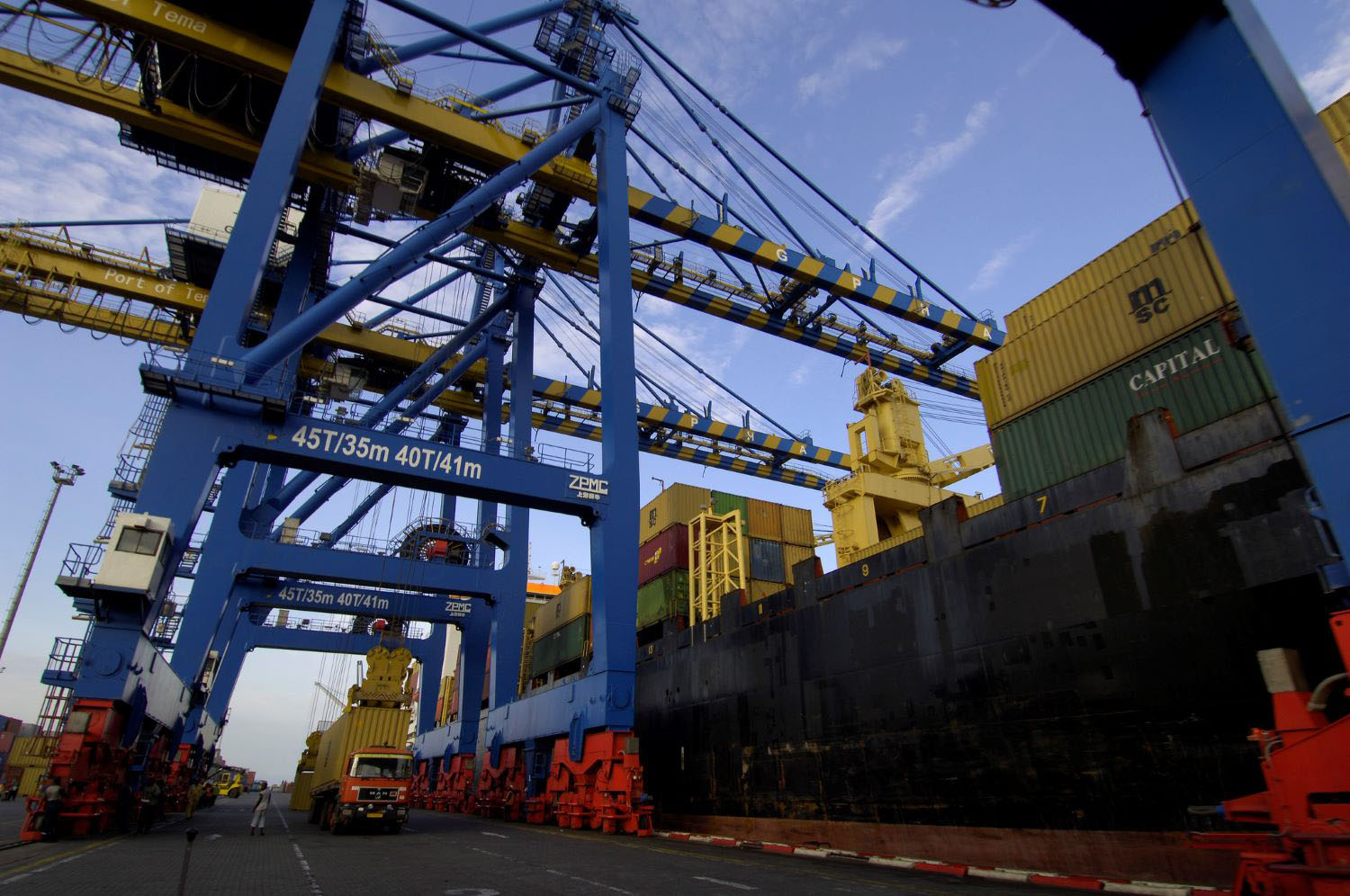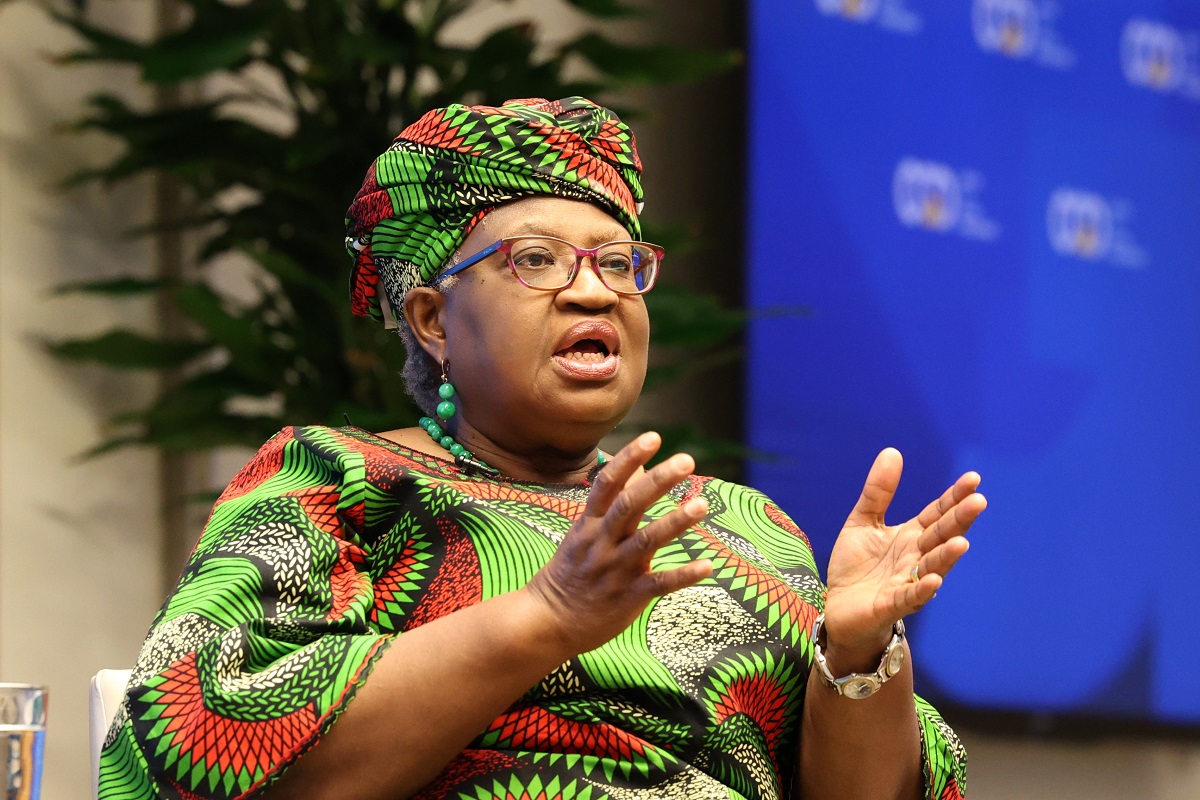In the last days before the Hong Kong trade negotiations, where rich-country trade barriers against crops from developing countries will be front and center, Japanese Prime Minister Junichiro Koizumi wrote an
opinion piece in the Sunday Financial Times touting his new proposal to help poor countries benefit from trade:
Japan is deeply and actively committed to this goal, not only because it is the second largest economy in the world and the largest net importer of agricultural products; but because the country owes its present economic prosperity to the opportunities for growth provided by the post-second-world-war multilateral free-trade system and domestic structural reforms, backed by development assistance and advice from the international community.
The proposal appears to have two planks: aid to help countries get products to market and elimination of most barriers to goods from “Least Developed Countries.” But entirely missing from his piece was the most important word in Japanese policy in this area: "rice.”
Japan’s 900% rice tariff is enough to raise prices for Japanese consumers to 10 times the world level--and block imports from eight developing countries in Asia that are the world’s largest rice producers and whose farms are home to the majority of the world’s poor. (China, India, and Vietnam, for example, none of which are officially Least Developed Countries that would benefit from the opening in Koizumi’s proposal.)Japan is not alone among rich countries in protecting agriculture, but its rice tariffs are literally in a class of their own. Some argue that the tariffs are needed to protect Japan’s consumers from inferior foreign varieties, but surely Japanese rice buyers are sophisticated enough to take care of themselves. The real winners are an established interest Koizumi appears unwilling to take on despite his recent election victory, namely rice farmers. Developing-country negotiators should not take very seriously a plan that protects Japan’s comfortable farmers while leaving in place the Japanese trade policy that does by far the most harm to poor farmers elsewhere.
CGD blog posts reflect the views of the authors, drawing on prior research and experience in their areas of expertise.
CGD is a nonpartisan, independent organization and does not take institutional positions.





